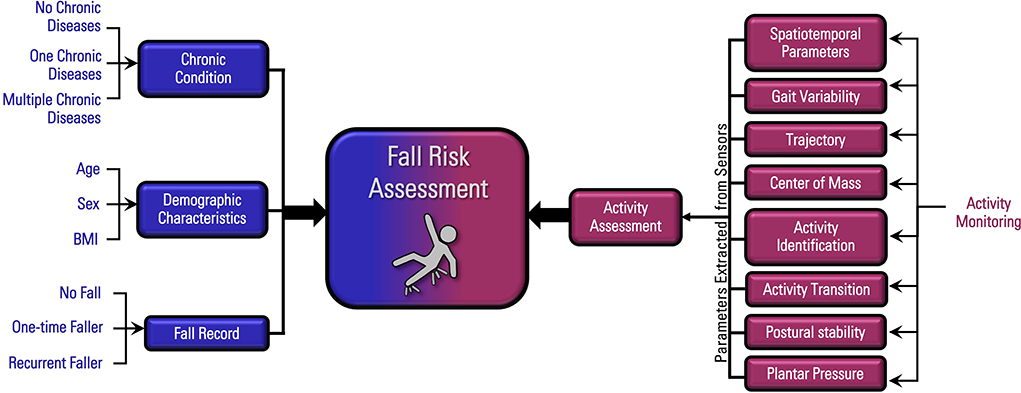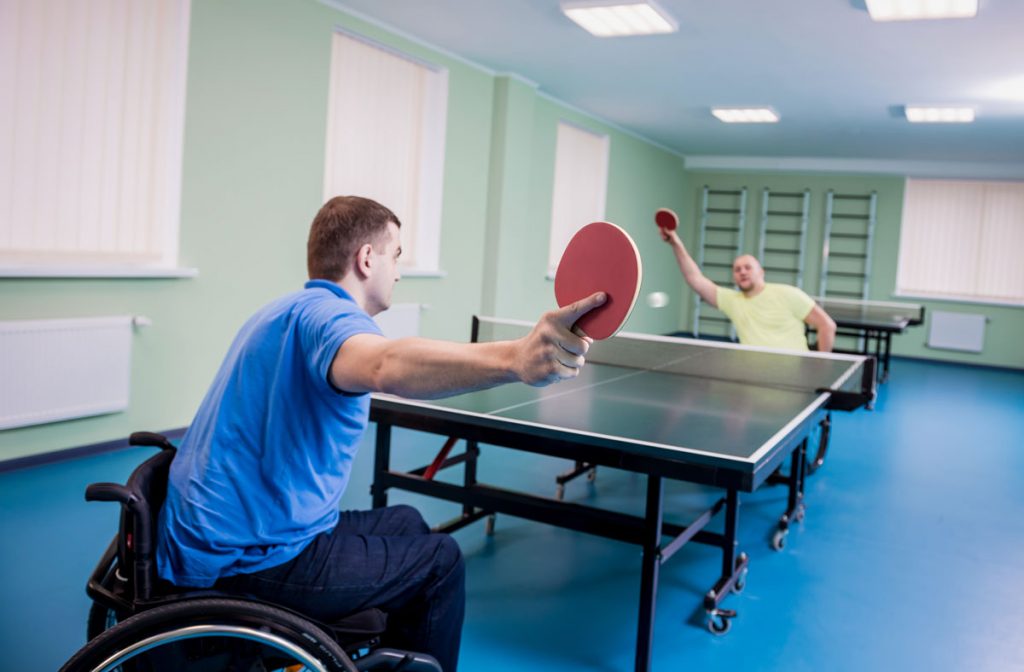See This Report on Dementia Fall Risk
See This Report on Dementia Fall Risk
Blog Article
Little Known Facts About Dementia Fall Risk.
Table of ContentsUnknown Facts About Dementia Fall RiskThe Definitive Guide to Dementia Fall RiskDementia Fall Risk Things To Know Before You BuyGet This Report on Dementia Fall Risk9 Simple Techniques For Dementia Fall Risk
Analyzing autumn threat helps the whole healthcare group create a safer atmosphere for every patient. Ensure that there is an assigned location in your clinical charting system where staff can document/reference scores and record appropriate notes associated with fall prevention. The Johns Hopkins Loss Risk Evaluation Tool is one of lots of tools your personnel can make use of to aid prevent unfavorable medical events.Person drops in health centers are typical and incapacitating negative events that persist despite decades of effort to decrease them. Improving interaction throughout the analyzing nurse, care team, patient, and individual's most involved loved ones might strengthen loss prevention initiatives. A group at Brigham and Women's Hospital in Boston, Massachusetts, sought to establish a standardized loss prevention program that centered around enhanced communication and individual and family members interaction.

The technology team highlighted that effective execution depends upon person and staff buy-in, combination of the program into existing workflows, and integrity to program procedures. The team kept in mind that they are coming to grips with just how to guarantee continuity in program execution throughout durations of dilemma. Throughout the COVID-19 pandemic, for instance, an increase in inpatient drops was related to restrictions in person engagement together with limitations on visitation.
What Does Dementia Fall Risk Do?
These occurrences are normally thought about avoidable. To apply the intervention, companies require the following: Accessibility to Loss pointers resources Loss TIPS training and re-training for nursing and non-nursing team, including new nurses Nursing operations that permit for person and family members interaction to conduct the drops analysis, ensure use the avoidance strategy, and carry out patient-level audits.
The outcomes can be extremely harmful, usually speeding up client decline and causing longer healthcare facility remains. One study approximated keeps raised an additional 12 in-patient days after an individual loss. The Autumn TIPS Program is based upon engaging people and their family/loved ones across three main procedures: analysis, customized preventative interventions, and auditing to guarantee that people are taken part in the three-step autumn avoidance procedure.
The individual evaluation is based on the Morse Loss Range, which is a validated autumn risk assessment tool for in-patient medical facility settings. The range consists of the 6 most common reasons individuals in health centers drop: the person autumn background, high-risk conditions (consisting of polypharmacy), use IVs and other outside devices, psychological standing, stride, and flexibility.
Each threat element web links with several workable evidence-based interventions. The nurse produces a plan that incorporates the treatments and is visible to the care team, individual, and family on a laminated poster or printed aesthetic aid. Nurses develop the strategy while satisfying with the person and the patient's household.
Some Known Facts About Dementia Fall Risk.
The poster offers as a communication tool with other participants of the client's treatment group. Dementia Fall Risk. The audit component of the program consists of analyzing the individual's understanding of their threat aspects and avoidance strategy at the device and healthcare facility levels. Registered nurse champions conduct a minimum of 5 specific meetings a month with clients and their family members to examine for understanding of the autumn avoidance plan

A projected 30% of these drops result in injuries, which can vary in intensity. Unlike other adverse events that call for a standard clinical action, fall avoidance depends highly on the requirements of the individual. Consisting of the input of people who know see this site the person best enables for greater modification. This method has actually verified to be a lot more reliable than loss prevention programs that are based mostly on the manufacturing of a threat score and/or are not personalized.
The Ultimate Guide To Dementia Fall Risk

Based on auditing results, one site had 86% compliance and 2 sites had over 95% conformity. A cost-benefit analysis of the Loss TIPS program in eight medical facilities estimated that the program expense $0.88 per patient to carry out and led to financial savings of $8,500 per 1000 patient-days in direct expenses associated with the prevention of 567 drops over three years and eight months.
According to the advancement group, companies thinking about carrying out the program must perform a readiness assessment and falls avoidance gaps analysis. 8 In addition, organizations need to make certain the required infrastructure and workflows for execution and establish an application strategy. If one exists, the organization's Loss Prevention Job Force need to be entailed in preparation.
All about Dementia Fall Risk
To start, companies ought to ensure completion of training modules by navigate to this site nurses and nursing aides - Dementia Fall Risk. Health center team ought to evaluate, based upon the demands of a medical facility, whether to use a digital wellness document printout or paper variation of the loss prevention plan. Applying groups must recruit and train nurse champions and develop procedures for auditing and reporting on fall data
Staff require to be included in the procedure of revamping the operations to involve people and family members in the assessment and avoidance strategy process. Solution should be in location to make sure that devices can recognize why a loss occurred and remediate the reason. A lot more especially, nurses ought to have channels to supply continuous comments to both team and system management so they can change and enhance loss avoidance operations and connect systemic issues.
Report this page